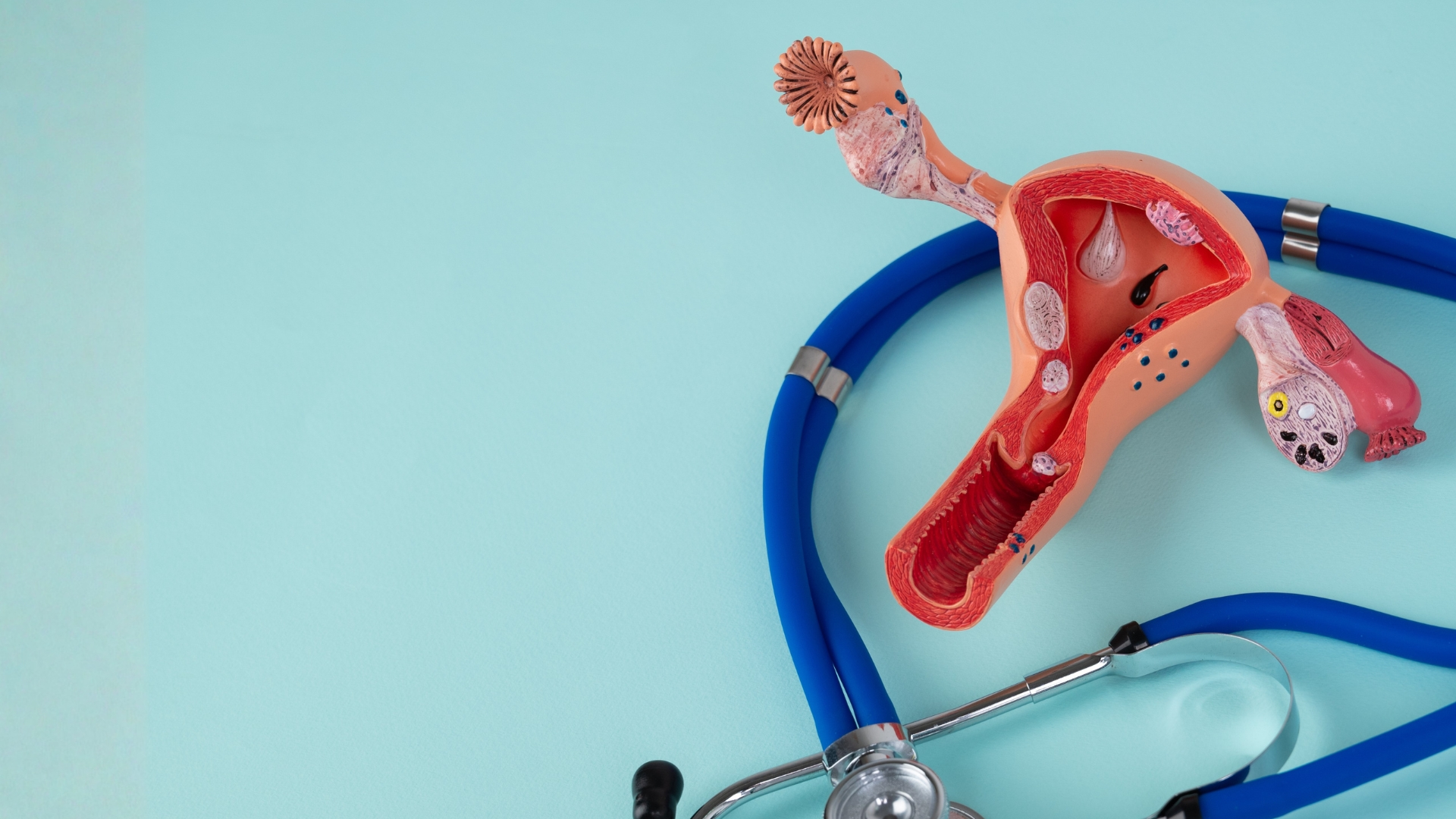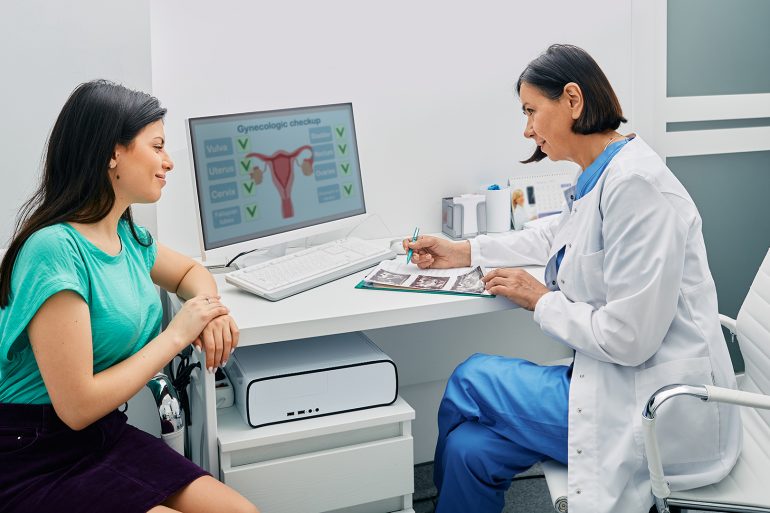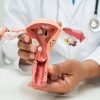Summary: Treatment for endometriosis often includes hormone therapies like birth control pills,...
What is Endometriosis?
Endometriosis occurs when tissue similar to the lining of the uterus grows outside the uterus, often on the ovaries, fallopian tubes, or pelvic lining. This can cause severe pain, heavy periods, infertility, and other complications.
Our endometriosis video library highlights surgical techniques, diagnostic methods, and evidence-based approaches to care.
These videos are produced by Canadian doctors and international experts to help you better understand treatment options and outcomes.
More Endometriosis Resources
Complete Guide to Endometriosis - Explains the symptoms, diagnosis, and treatment options for endometriosis.
Endometriosis FAQs
Why does endometriosis cause pain?
Endometriosis occurs when tissue resembling the uterine lining grows outside the uterus, usually on the ovaries, fallopian tubes, or pelvic walls. Each menstrual cycle, this tissue responds like normal endometrium: thickening, breaking down, and bleeding. Since it has no way to exit the body, it triggers inflammation, scar tissue, and adhesions, which cause pain and sometimes organ damage.
What are the most common symptoms of endometriosis?
The most frequent symptoms include:
Painful or heavy periods (dysmenorrhea)
Chronic pelvic pain
Painful intercourse (dyspareunia)
Infertility or difficulty conceiving
Digestive issues, such as bloating or bowel discomfort during menstruation
Fatigue and low energy
Severity can vary, and some people with extensive endometriosis may have little to no symptoms, while others with mild disease experience severe pain.
How is endometriosis diagnosed?
Doctors may start with a medical history and physical exam, but imaging tests like ultrasound or MRI can help identify larger lesions. The only way to definitively confirm endometriosis is through laparoscopy (a minimally invasive surgery where a small camera is inserted to view and, if needed, remove tissue).
What are the treatment options for endometriosis?
Treatment depends on symptoms, severity, and fertility goals. Options may include:
Pain medications such as NSAIDs
Hormonal therapies (birth control, progestins, GnRH agonists/antagonists) to suppress endometrial growth
Laparoscopic surgery to remove or destroy endometriosis tissue
Hysterectomy in severe cases when fertility preservation is not a concern
Your doctor will recommend a plan tailored to your symptoms and goals.
Will I need surgery for endometriosis?
Not everyone requires surgery. Many patients manage symptoms with medication, but surgery may be recommended if pain is severe, fertility is affected, or other treatments aren’t working. Laparoscopic excision is considered the most effective surgical approach for symptom relief and reducing recurrence.
Where can I find additional support and resources?
Several organizations provide trustworthy education and community support, including:
Society for Women’s Health Research Endometriosis Toolkit
Can endometriosis cause infertility?
Yes. Endometriosis is one of the leading causes of infertility because scar tissue can block fallopian tubes or interfere with egg quality and implantation. However, many people with endometriosis do conceive. This can sometimes be achieved naturally, and sometimes with assisted reproductive technologies like IVF. Surgical treatment can also improve fertility in certain cases.
What is recovery like after surgery for endometriosis?
Recovery depends on the type of surgery performed. After laparoscopy, most patients return to light activity within 1–2 weeks, with full recovery taking 4–6 weeks. Fatigue, abdominal soreness, and bloating are common during healing. Your doctor will provide specific instructions on rest, activity, and follow-up care.
Does endometriosis always come back after treatment?
Endometriosis is a chronic condition, and recurrence is possible even after surgery. Hormonal therapy after surgery may help reduce recurrence. Regular follow-up care and lifestyle strategies can also play a role in long-term management.
Can endometriosis be managed without medication or surgery?
Yes, but usually in combination with medical care. Some find relief through pelvic floor physical therapy, dietary changes, stress management, and complementary approaches like acupuncture or yoga. These do not cure endometriosis but may help reduce pain and improve quality of life.
What complications can arise from untreated endometriosis?
Potential complications include chronic pain, infertility, ovarian cysts (endometriomas), and adhesions that bind organs together. In rare cases, deep endometriosis can affect the kidneys, intestines, or bladder, leading to organ damage if left untreated.
Does endometriosis increase my risk for cancer?
Endometriosis itself is not cancer, but it is linked to a slightly increased risk of certain ovarian cancers. The risk remains low overall, and most people with endometriosis never develop cancer. Regular medical monitoring is recommended.










